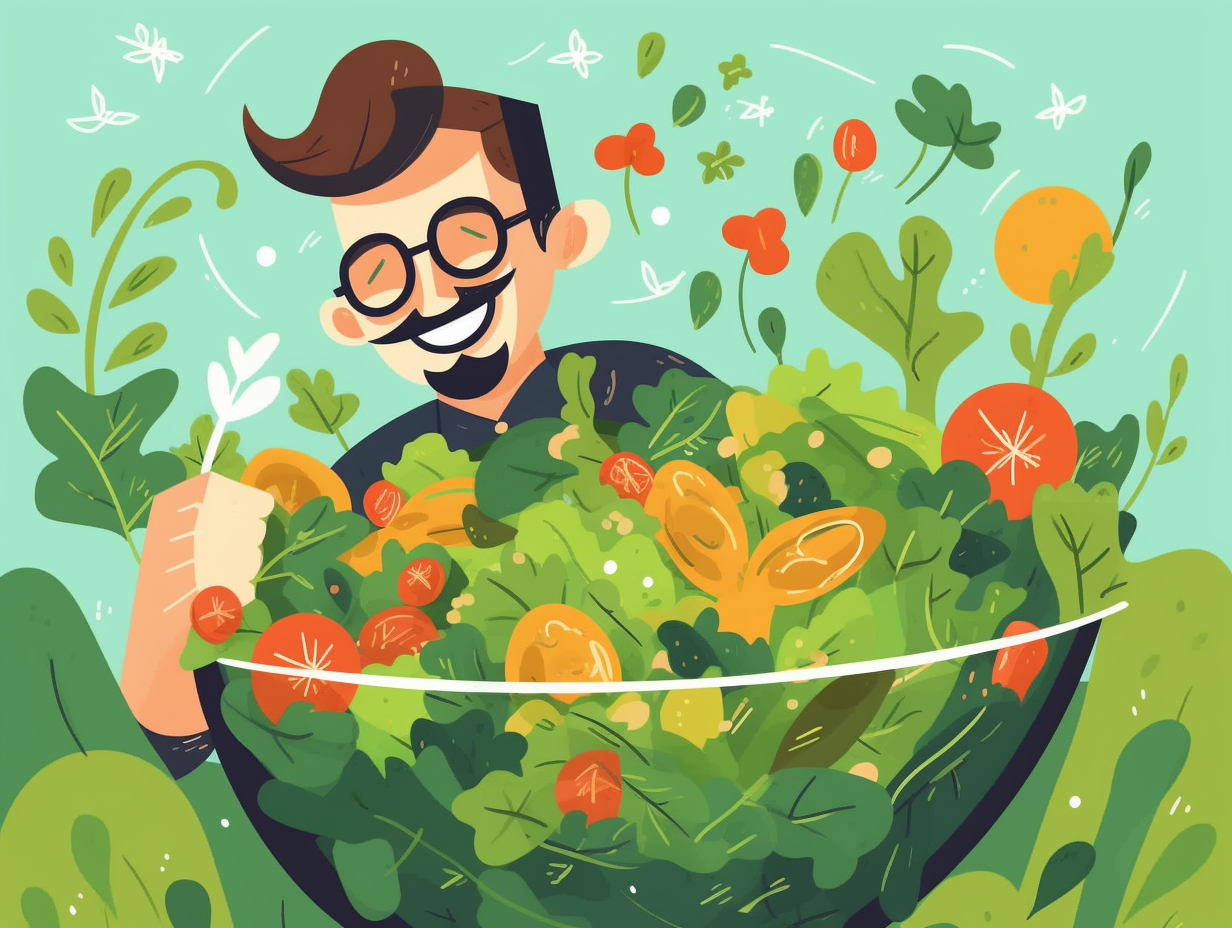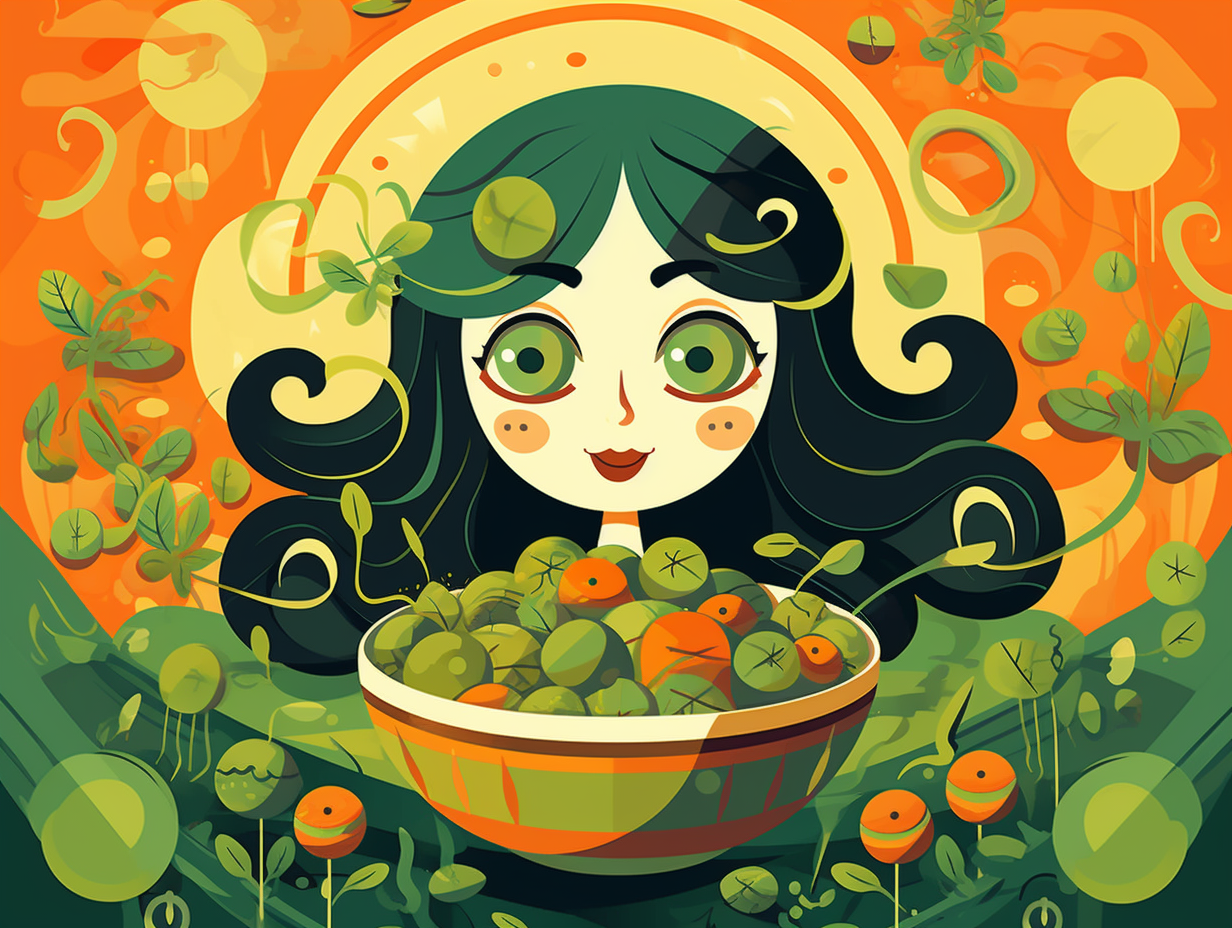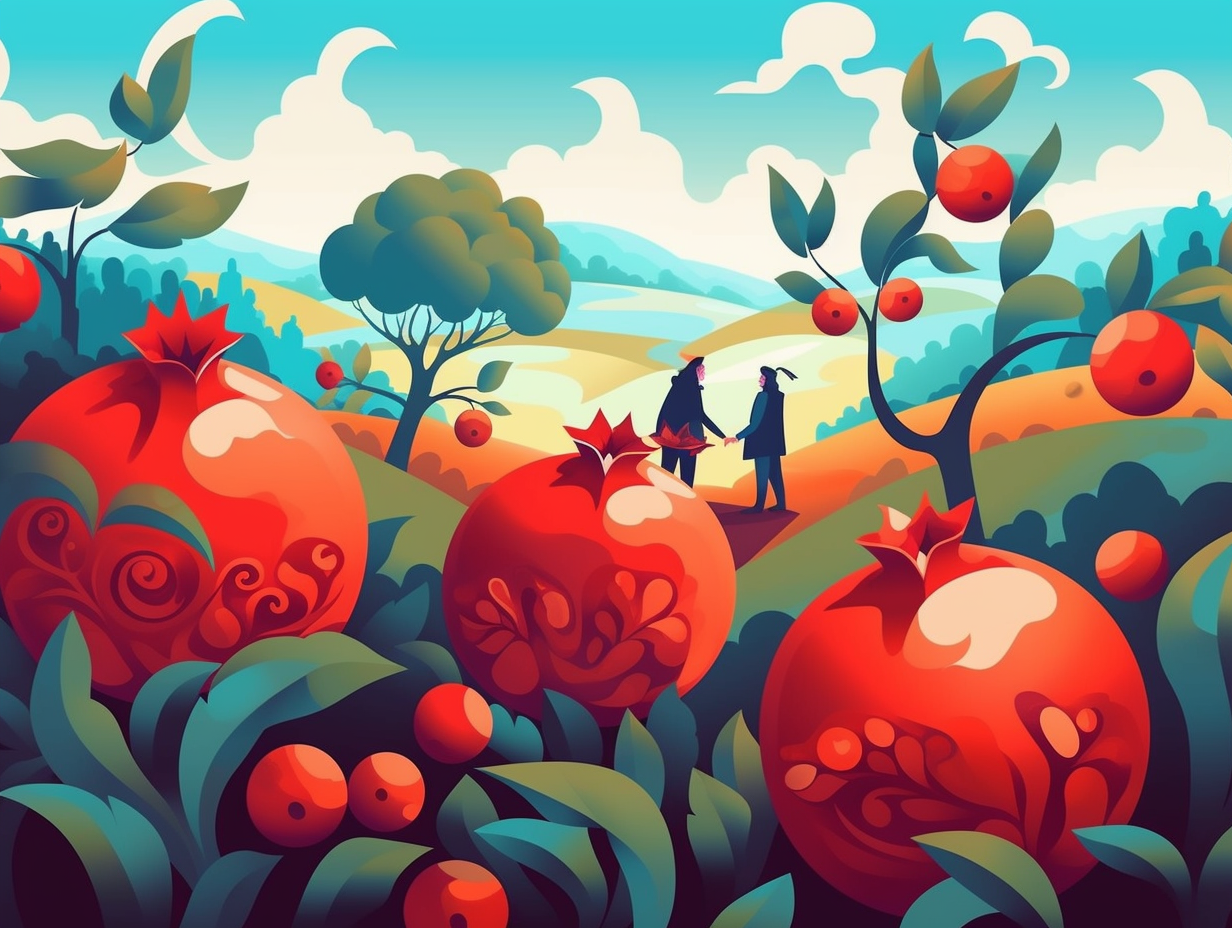Top 7 Amazing Fun Facts About Yogurt: Discover Its Origins, Benefits, and Cultural Significance!

1. Canadian Yogurt Love
With all the moose, maple syrup, and mounties up north, one might think Canadians have quite a cultured appetite. Well, dear readers, they certainly do – just not in the way we suspected: Canadians chow down an astounding average of 11.01 litres of yogurt per person each year, making them some of the most zealous yogurt enthusiasts on the planet.
Source => bcdairy.ca
2. Yogurt's Spelling Dilemma
Yogurt: the scrumptious snack that has a more complicated identity than Hannah Montana leading a double life as Miley Cyrus! It's been around longer than the Kardashians' fame but still can't agree on a proper spelling: The sumptuous treat dates back to ancient Egypt, Rome, and Greece where they named it oxygala, meaning "acid milk." The word "yogurt" is a derivative of the Turkish word yoghurt, which stems from the Old Turkish root yog, translating to "condense" or "intensify." But here's where it gets messy: even modern-day Turkish pronunciations are closer to the French term yaourt, explaining the perplexing array of English spellings throughout history.
Source => bonappetit.com

Discover the world's oldest cheese found in an Egyptian tomb! Made from cow's milk in 1200 BCE, its taste would shock even blue cheese lovers today. 🧀🔍
=> Fun Facts about Cheese
3. Bulgarian Yogurt Landscapes
The hills are alive with the sound of...digestion? Feast your ears on this appetizing melody from the land of yogurt: Bulgaria, specifically the Rhodope Mountains, is famed for its undeniably scrumptious, organic, and full-fat yogurt. This mouthwatering dairy delight is home to good bacteria like Lactobacillus bulgaricus, which blesses consumers with a plethora of health benefits such as a defense against toxins, infections, allergies, and even particular cancers. While we can't say for sure that the locals' love for yogurt is their secret to longevity, vacationers can surely savor the wholesome goodness surrounded by breathtaking landscapes.
Source => huffingtonpost.co.uk
4. Fashionable Bacterial Cellulose
Cancel your cotton-binges and quit wool-tailoring, because there's a new fabric in town, and it's ready to party like it's 2099: Bacterial cellulose, crafted by the likes of bacteria, yeast, fungi, and algae, is a modern, sustainable, and compostable alternative to traditional fabrics, brought to you by London-based BioCouture. The future of fashion might just be alive and kicking, as clothing materials could potentially be living organisms that boogie-woogie with our bodies, working symbiotically to diagnose and treat disease, while jazzing up our overall wellbeing.
Source => dezeen.com

5. Turkish Shepherd's Yogurt Empire
Little did you know, the yogurt world is governed by a Turkish shepherd with his eyes on the dairy throne: Chobani founder Hamdi Ulukaya purchased a defunct yogurt factory in upstate New York, crafted his own strained yogurt recipe, and named his yogurt empire after the Turkish word for shepherd. Thanks to clever marketing, international expansion, and the infamous CHOmobile, Chobani now leads the pack of yogurt brands in the U.S., boasting over $1 billion in annual sales.
Source => en.wikipedia.org
6. Mongolian Airag Tradition
Hold your horses and pass the Airag: Mongolian herders rely on fermented mares' milk, known as Airag, for both nutrition and tradition – so much so that it's a part of UNESCO's World Intangible Cultural Heritage list. 'Neigh't only does it have a slight buzz, but researchers are trotting towards discovering its probiotic properties and potential health benefits, thanks to its high levels of protein albumin.
Source => scientificamerican.com
7. Astronauts' Yogurt Secret
Houston, we have a yogurt! As astronauts float around in zero gravity contemplating the mysteries of life, it turns out their secret weapon against osteoporosis is our humble, calcium-packed snack: Yogurt has been researched as the ideal space food for its positive impact on bone metabolism, with freeze-drying being the go-to method to preserve its nutrients and taste, while extending its shelf life. However, freeze-drying tends to demoralize the lactic acid bacteria in our favorite creamy delight, leading scientists to recruit sucrose and blueberries for a thriving bacterial team.
Source => sciencedirect.com
Related Fun Facts




















